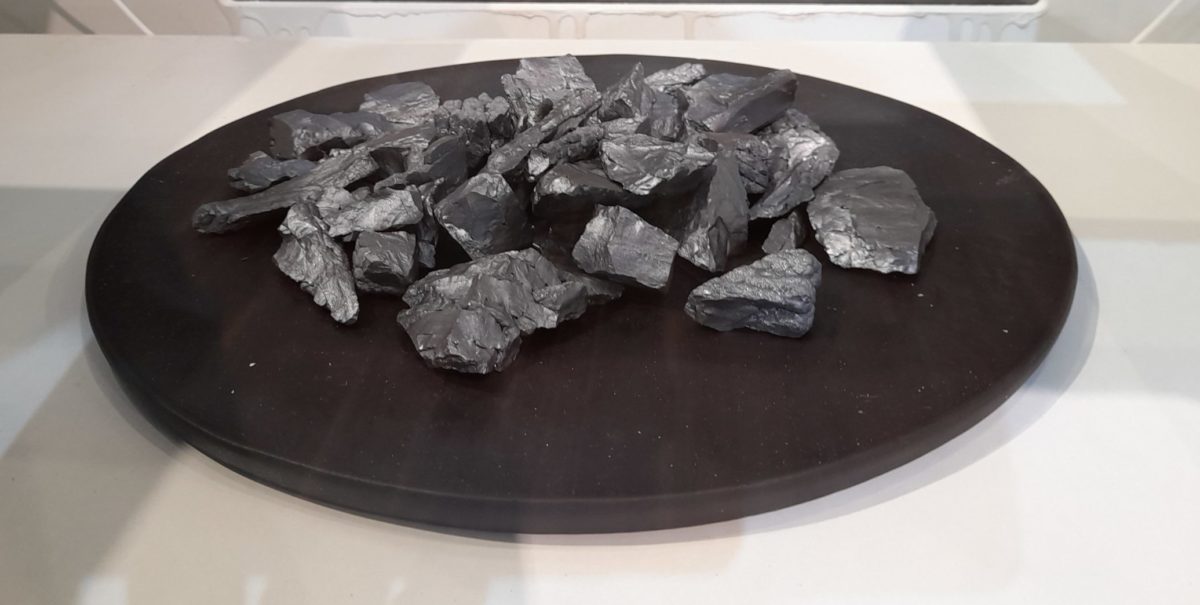TBEA-owned Xinte Energy’s poly division has announced it will invest around RMB17.6 billion (US$2.8 billion) to expand its polysilicon capacity by another 200,000 metric tons. The expansion plan approved by the board of TBEA today envisages the construction of a new factory in Changji county, in the Xinjiang Uygur autonomous region. The plan is expected to be implemented in two 100,000-ton-annual-capacity phases and to be completed within 24 months after the start of construction, which is scheduled this year. TBEA said around RMB8.8 billion will come from the initial public offering of Xinte Energy on China's stock market while the remaining amount will come from bank loans. According to TBEA’s calculations, taking into account poly prices of RMB70-100/kg (US$11-16), the new factory should generate annual income of around RMB14-20 billion (US$2.2-3.1 billion).
Module manufacturer Longi yesterday announced it has reached an agreement with the government of Erdos City, Inner Mongolia, for the construction of a new factory. The manufacturing facility will have a capacity of 20GW for ingots and wafers, of 30GW for solar cells, and 5GW for modules. Around RMB7.6 billion (US$1.19 billion) will be invested in ingot and wafer production and RMB10.3 billion (US$1.62 billion) into cell manufacturing. Longi added, RMB1.6 billion (US$252 million) will be invested into module output. The manufacturer said the cell capacity will be achieved within 24 months of the start of construction while capacities for the other three sections will depend on local government support.
Heterojunction (HJT) solar cell production equipment supplier Maxwell Technology said on Sunday its orders last year grew 330% from 2020, to 8.1GW. The company warned, however, HJT cell production costs have recently increased due to factors including higher steel and aluminum prices and a supply bottleneck in the semiconductor market.
Popular content
Battery company Ganfeng Lithium has reported impressive numbers for 2021 on the back of rising demand for “new energy vehicles” and the energy storage industry. Ganfeng yesterday said raised production and sales volumes and higher selling prices contributed to, unaudited revenue of RMB11.2 billion (US$1.76 billion), up 102% from the 2020 figure. That resulted in a net-profits-attributable-to-shareholders number 405% higher, year on year, at RMB5.17 billion (US$813 million), of which RMB2.81 billion (US$442 million) was not down to exceptional gains such as the change in fair value of business assets such as Australian lithium and tantalite miner Pilbara Minerals Ltd. Ganfeng told the Hong Kong Stock Exchange it had also gained RMB2.45 billion (US$385 million) from a rise in share prices in stock it holds as non-current assets. The first two months of this year had been even better, Ganfeng added minutes later, with revenue of RMB3.6 billion (US$566 million) for net profits for shareholders of RMB1.4 billion (US$220 million), rising to RMB1.8 billion (US$283 million) once non-recurring losses are stripped out.
This content is protected by copyright and may not be reused. If you want to cooperate with us and would like to reuse some of our content, please contact: editors@pv-magazine.com.



6 comments
By submitting this form you agree to pv magazine using your data for the purposes of publishing your comment.
Your personal data will only be disclosed or otherwise transmitted to third parties for the purposes of spam filtering or if this is necessary for technical maintenance of the website. Any other transfer to third parties will not take place unless this is justified on the basis of applicable data protection regulations or if pv magazine is legally obliged to do so.
You may revoke this consent at any time with effect for the future, in which case your personal data will be deleted immediately. Otherwise, your data will be deleted if pv magazine has processed your request or the purpose of data storage is fulfilled.
Further information on data privacy can be found in our Data Protection Policy.